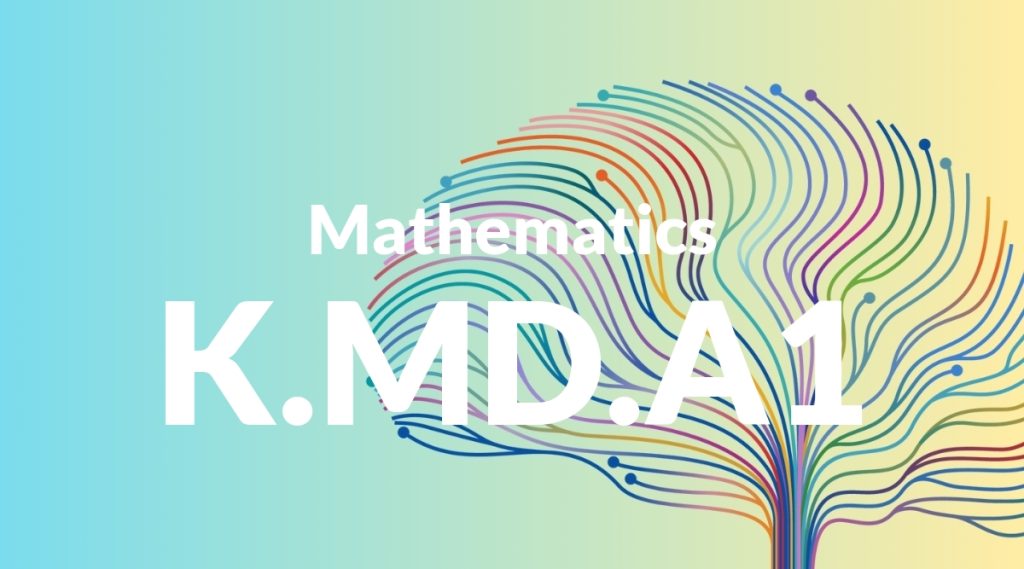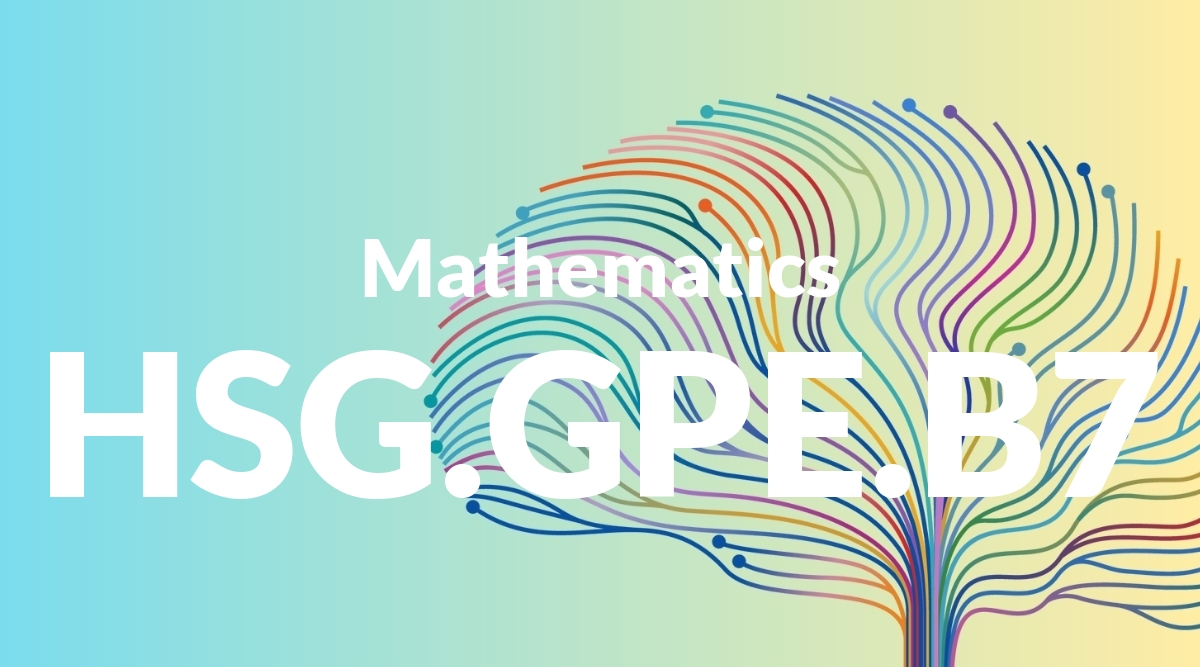Standard: K.MD.A1 – Describe measurable attributes of objects, such as length or weight. Describe several measurable attributes of a single object.
Grade level: Kindergarten
Subject: Mathematics
Domain: Measurement & Data
Teacher Overview
This standard focuses on helping kindergarten students describe measurable attributes of objects, such as length or weight, and recognize that objects can have multiple measurable attributes. This foundational skill is crucial as it sets the stage for more advanced measurement and data analysis in later grades. Students should have a basic understanding of size and weight, being able to identify and compare objects as bigger, smaller, heavier, or lighter.
After mastering this standard, students will be better prepared to compare and order objects by their measurable attributes and will be introduced to using standard units of measurement.
Common Misconception 1
A common misconception is that larger objects are always heavier. This is incorrect because weight and size do not always correlate. For example, a large balloon is lighter than a small rock.
Intervention 1
To address this misconception, engage students in activities where they compare the weight of various objects of different sizes, helping them understand that size and weight are separate attributes.
Common Misconception 2
Another misconception is confusing length with height. Students may think that measuring the vertical dimension of an object is the same as measuring its horizontal dimension.
Intervention 2
Clarify the difference by using clear, consistent language and providing many examples where students measure the length and height of different objects, reinforcing the distinct concepts.
Prerequisite Knowledge
Students should understand basic concepts of size and weight, such as identifying which objects are bigger or smaller and heavier or lighter.
Subsequent Knowledge
Students will develop skills in comparing and ordering objects by their measurable attributes, and they will learn to use standard units of measurement.
Instructional Activities
- Sorting objects by length and weight
- Using balance scales to compare weights
- Measuring objects with non-standard units like blocks or hand spans
- Creating a class chart of objects and their measurable attributes
- Playing matching games with objects of similar lengths or weights




